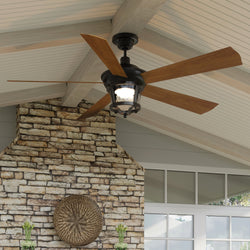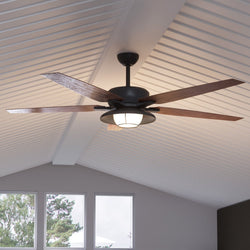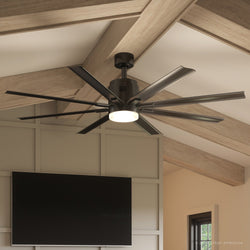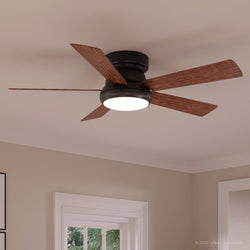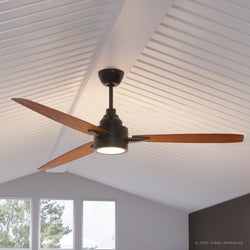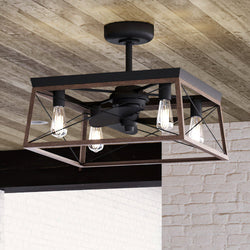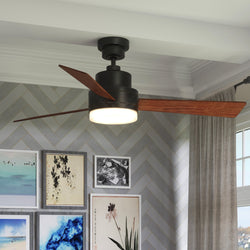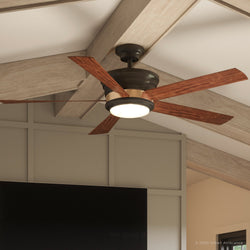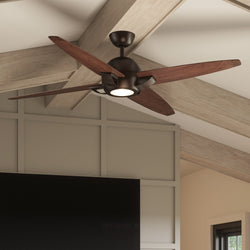Ceiling Fans with Lights
Filter
Sort by:
UHP9180 Modern Farmhouse Indoor or Outdoor Ceiling Fan, 19.5"H x 52"W, Olde Bronze, Catalina Collection
Ceiling Fan
$465.00
$604.99
UHP9172 Traditional Indoor or Outdoor Ceiling Fan, 17.6"H x 60"W, Olde Bronze, Santa Monica Collection
Ceiling Fan
$620.00
$805.99
UHP9053 Urban Loft Indoor / Outdoor Ceiling Fan, 16.8"H x 72"W, Olde Bronze, Chatham Collection
Ceiling Fan
$840.00
$1,091.99
UHP9230 Traditional Indoor Ceiling Fan, 11.6"H x 52"W, Olde Bronze, Beaufort Collection
Ceiling Fan
$430.00
$558.99
UHP9042 Mid Century Modern Indoor Ceiling Fan, 13.1"H x 60"W, Olde Bronze, Tybee Collection
Ceiling Fan
$450.00
$584.99
UHP9240 Farmhouse Ceiling Fan 17''H x 22''W, Olde Bronze Finish, Berkeley Collection
Ceiling Fan
$530.00
$688.99
UHP9211 Modern Indoor Ceiling Fan, 15.8"H x 52"W, Olde Bronze, Capitola Collection
Ceiling Fan
$380.00
$493.99
